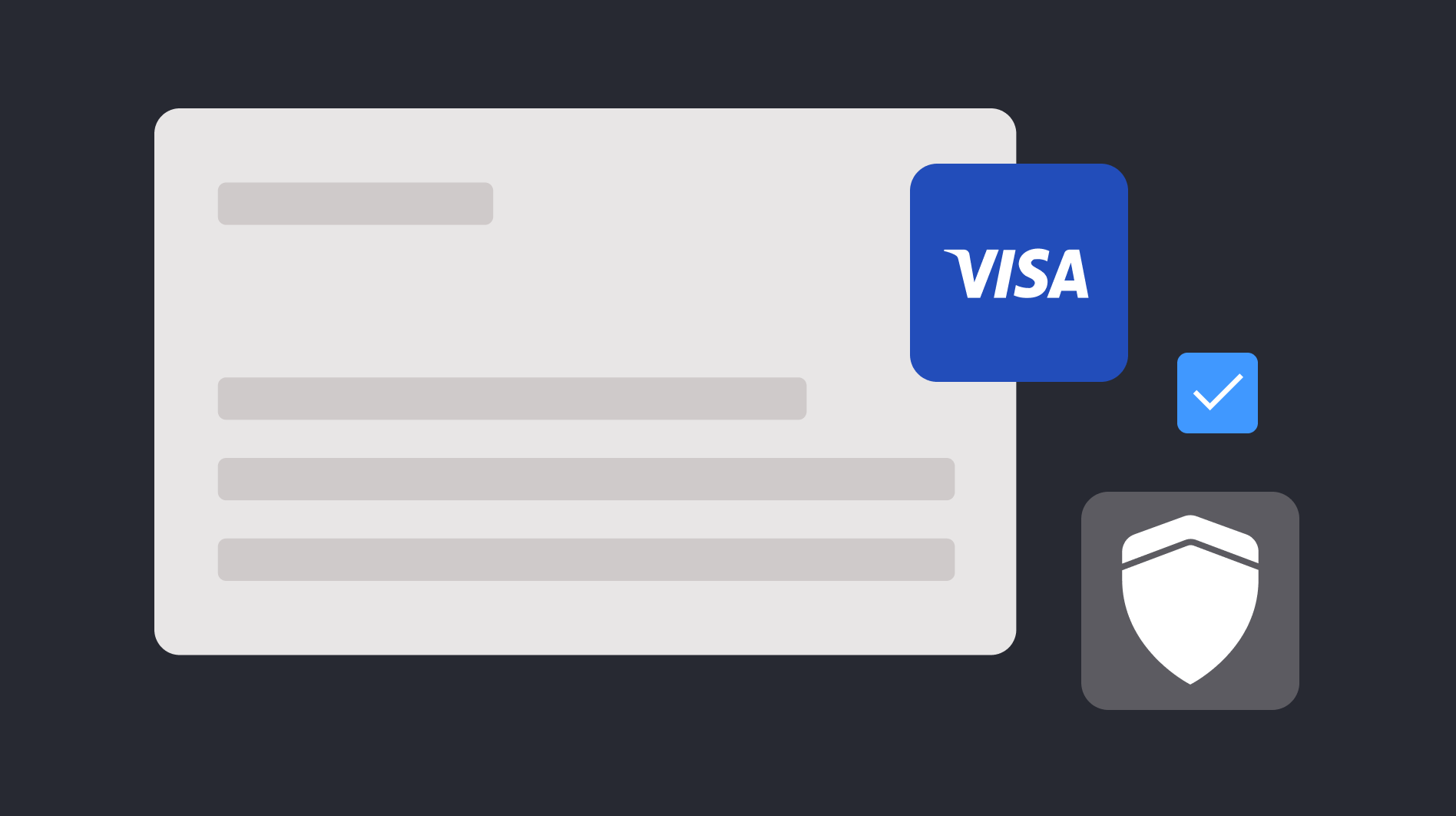The competition in the digital economy is rife. Brands spend a lot of time and resources getting customers to engage with their site and the products on it. Once they are there, though, getting them to successfully make the purchase is as important.
Making sure your checkout is optimized to provide your customers with the best experience possible will ensure that, once you’ve done the hard yards of getting a customer to your site, helping them find the ideal item and put it in their cart, you get them over the all important finish line and convert them.
What is checkout process optimization?
Optimizing your checkout is a vital aspect of ecommerce operations. It can include anything that streamlines the process customers go through when finalizing their purchases online. The goal is to create a smooth, user-friendly experience that minimizes friction, reduces cart abandonment rates, and ultimately increases conversion.
This can be achieved through strategies, such as simplifying the checkout flow, offering multiple payment options, providing guest checkout options, and personalizing the experience based on user preferences. By continually analyzing and refining the checkout process, ecommerce businesses can enhance customer satisfaction, foster loyalty, and boost their overall revenue.
Why does checkout optimization matter?
Results shown by the Baymard survey reveal that 61% of customers abandon their shopping carts because the extra costs (shipping, taxes and fees) are too high, while 35% abandon because websites require them to create an account. Alongside this, 27% leave their carts due to the length of the checkout process, 24% because they are unable to see the total cost upfront and 18% because they didn’t trust the website with their payment information.
In other words, after customers spent browsing a website, choosing which products to buy, adding them to their shopping basket, 7 out of 10 customers stopped because they feel uncomfortable proceeding.
With this in mind, there are several ways to optimize an e-commerce website’s shopping cart process to increase conversion rates.
Learn how Checkout.com helped Wise boost its approval rates
1. Convey free shipping and free returns
It's easy to be apprehensive when making a purchase online. You don’t get to physically see the product before paying and you enter in payment information trusting that the correct security measures are in place.
When an online store clearly states that shipping and returns are free, it can lead to an improvement in conversion rates. By taking this step, a business can build trust with the shopper, give customers more confidence in their purchase and convey a risk-free experience should they change their mind about the product.
2. Allow customers to checkout as a guest
Customers who buy online can often be wary of sharing their personal data which includes any information that they need to provide to create an account in the first place, like names, email addresses, phone number and other personal details.
Allowing customers to make purchases without creating an account can improve conversion rates. By removing this barrier to purchase, customers can more easily flow through the buying journey with fewer interruptions. Also, shoppers may not feel comfortable sharing their personal information or prefer to avoid unwanted solicitation by keeping their personal information which may prevent them from completing the transaction. While it is useful to collect shoppers’ data, removing this step will give your customers a faster, more convenient way to complete their purchase.
While it is useful to collect personal data, removing this step can entice a browsing customer to complete their purchase - simply because the process is faster and more convenient.
3. Use a single-page checkout process
A single-page checkout process does exactly what it says and can boost conversion rate. All the required fields are included on a single page making it easier for customers to complete purchases and without having to navigate through multiple tabs and windows.
.jpeg)
4. Provide multiple payment options
Providing multiple payment options at the checkout can help improve the customer experience, increase sales, build trust, and expand your global reach.
Customers are more likely to complete a purchase if they have the option to pay using a method that is convenient for them. By offering multiple payment options, you make it easier for customers to pay in a way that suits their preferences and needs.
Additionally, depending on the payment options you offer, you may be able to expand your customer base to include people from different regions. For example, if you offer a local payment option that is popular in a particular country, you may be able to attract customers from that country who might not have otherwise been able to make a purchase.
5. Make forms quick and easy to complete
Having a form that is too long or complicated can have a negative impact on conversion rates. Customers who are ready to make a purchase can often get frustrated and abandon the process if faced with too long a form. By keeping forms short and simple, and asking only for the essential information, the amount of time it takes to make a purchase can easily be reduced, making a sale more likely.
6. Entice your visitors back with retargeting ads
Retargeting ads refer to ads that specifically target people who are already familiar with a website, such as consumers who have previously visited or shoppers who got halfway through the shopping cart process and left without buying. Due to their familiarity with the website and the products, they are more likely to return than somebody who has never seen the website before, making them the most likely recipients of these adverts.
7. Convey safety and security
inIn today’s world, fraud and identity security are a major concern for online shoppers. By conveying to your customers that their payment information and contact details will remain secure, shoppers will have more confidence in making the purchase. Payment solution providers like Checkout.com offers fraud monitoring to merchants so businesses can feel confident in their transactions.
Establishing trust at the checkout can be done by displaying security badges such as antivirus software logos, payment badges or SSL certificates.
You could also display customer reviews on the checkout page or explain any money back guarantees you have. This should instill trust for your customers - particularly first-time buyers.
Make Checkout optimization a priority
Optimizing the checkout process is crucial for ecommerce businesses that want to enhance their customers' experience and boost conversion rates. By employing some of the payment optimization strategies that have been suggested here, businesses can alleviate common pain points that add friction to the customer journey.
As competition in the digital economy continues to intensify, it's more important than ever for brands to invest in streamlining the online checkout process in order to retain customers, foster loyalty, and maximize revenue. By prioritizing checkout optimization, businesses can ensure they fully capitalize on the hard work they've invested in attracting customers to their site and guiding them to the ideal products.




.png)





%20thumbnail.png)
%20(3).png)



